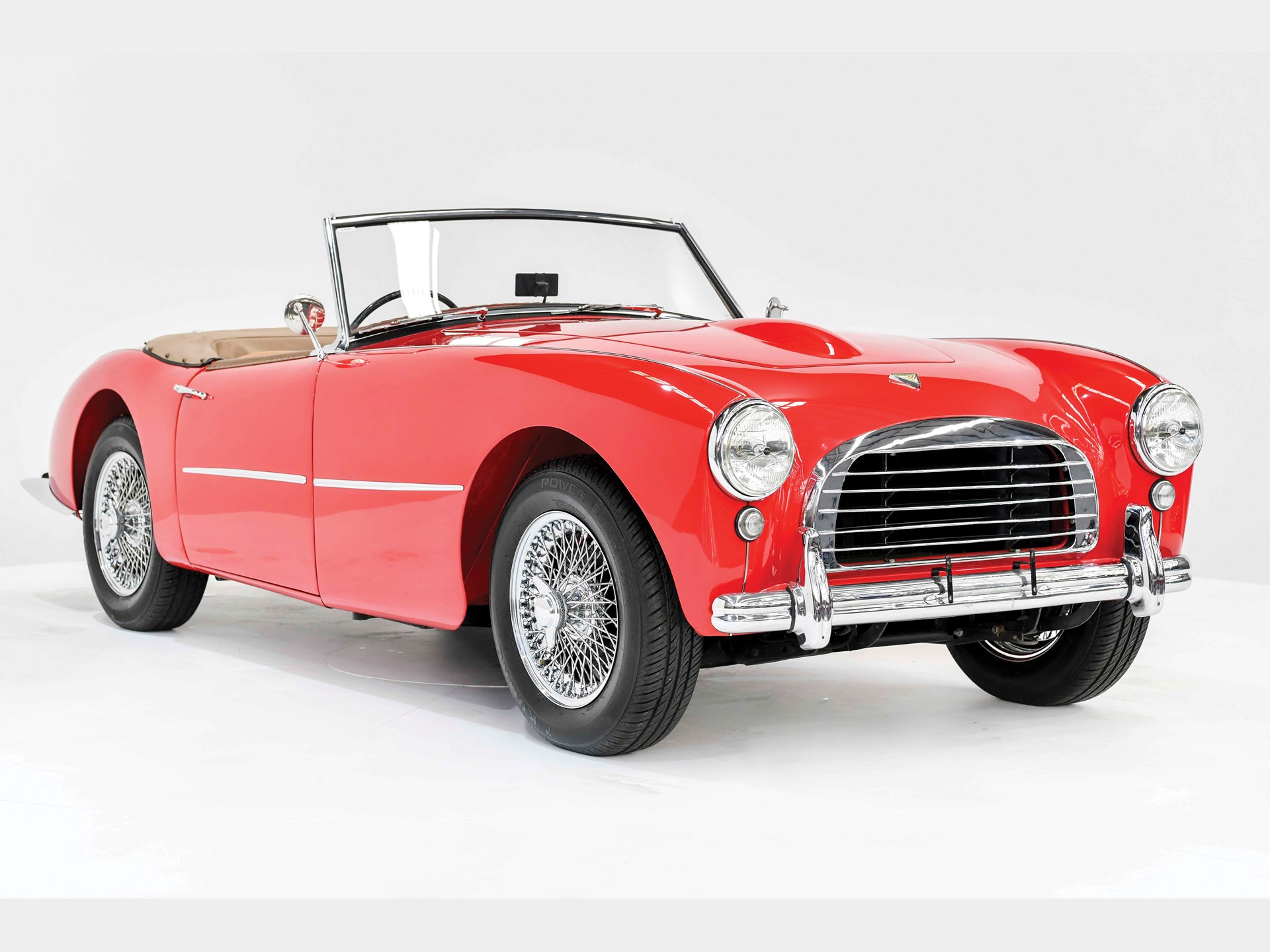[Editor's Note: This article originally appeared in the July 2008 issue of Classic Motorsports.]
To truly appreciate what rare means in an automotive context, it’s good to get some perspective. These days, the world’s automotive manufacturers crank out a staggering 50 million passenger cars per year. Around the turn of the millennium, approximately 600 million cars existed on the planet.
While we doubt that they were all in No. 2 or better condition, it’s a phenomenal sum to wrap one’s head around. And that number is expected to exceed 1 billion in just a couple of decades.
So what makes a car rare? The MGB, widely considered to be the best-selling classic sports car of all time, sold around 500,000 copies. That’s a lot, but even if they all existed today, they would only make up 0.083 percent of the cars currently out there. Add three more zeroes to that percentage and you’re in the neighborhood of cars that were produced in batches of a thousand or less—early Ferraris and Shelby Cobras, for example.
But even those cars are common compared to Chris Smith’s Siata Daina Grand Sport.
Beyond Rare
In 1926, Giorgio Ambrosini founded Societa Italiana Auto Trasformazioni Accessori, a company that specialized in Fiat performance accessories ranging from gearboxes to superchargers. After World War II, Siata decided to take a stab at producing entire automobiles.
Across the pond, Henry Ford had championed a system of automobile production designed to ensure that each car coming off the assembly line would be all but identical to the car before it. Mass production was a lovely system, but somebody forgot to tell the Italians.

As a result, keeping track of model changes for most Italian sports cars built in the 1950s and 1960s requires case-by-case diligence. Each Siata was handcrafted to order; if two cars bore similar model designations, that was no guarantee they would be alike. Determining what’s original and what’s not gets even trickier when previous owners have had five decades to tinker.
The Gran Sport was one of Siata’s most popular models—only about 80 were made between 1950 and 1953. They were offered with a 1.4- or 1.5-liter inline four, although one example was equipped with a 2-liter V8. Siata used steel for the bodies in most cases, but experts know of at least one aluminum-skinned car. Chris Smith’s 1953 model bears serial number 0217 and is considered to be one of 20 early-type Daina models.
A Closer Look
Smith has plenty of experience with classic cars. As the former owner of The Creative Workshop, a restoration business in Dania Beach, Florida, he spent his days surrounded by classics of every type. Some 15 years ago, a customer who owned the Siata wanted to trade it for Smith’s Stanguellini Formula Junior car. Eager to try something new, Smith took on the project.
The Siata Gran Sport was in good shape, with intact steel Farina bodywork and no structural problems. The paint was old, however, and the seats were somewhat tattered. There were several indications that the car had functioned primarily as a race car; the hood had been re-skinned to eliminate the scoop while the hubs had been upgraded to a five-lug pattern. Under the hood was a nonoriginal 1098cc Fiat engine.
“The engine was real anemic,” Smith lamented. “I couldn’t take it on the expressway.”
The Siata went mostly untouched for seven years, until Smith started thinking about getting out of the restoration business. He realized he’d better get cracking on the car before he lost the full resources of his own shop.
Out came the Fiat block and in went a twin-cam 1750 sourced from an Alfa Romeo GTV. The engine was prepared by Ric Lovecchio of RML Automotive in Daytona Beach, Florida, and was mated to a five-speed Alfa transmission.

Smith returned the hood to its original scoop-enhanced state, and the car received a concours-quality paint job. Lori Smith, Chris’s wife and the chief upholsterer at their restoration shop, redid the interior with wool carpets and fabricated the tonneau.
Although Smith noted that Siatas were known for their excellent dampers, he replaced the worn stock units with Carrera pieces. He confesses he has always been confused by the rear suspension, which uses a completely unstressed three-leaf spring to locate the rear axle. Smith took advantage of modern hardware to reinforce the setup with radius arms attached to rod ends.


Unique in the World
With only 10,000 original miles on the clock, Smith’s Siata is a wonderfully rare addition to any show it attends. Smith’s car is not completely original, and it might not pack the auction-block wallop of a Ferrari 212 Inter, but this Siata Gran Sport offers beauty, hand-crafted Italian styling and world-class handling. And the odds of seeing another one on the road are just about nil.

Comments
Curious why the Alfa twincam instead of the Fiat Lampredi twincam. We did a Siata in the Los Angeles area as such in 1987, using a 1608 Fiat DOHC. That car flew.

wspohn
SuperDork
11/24/22 10:52 a.m.
That car reminds me of a British car I used to own. Made in about the same numbers, too.

Displaying 1-2 of 2 commentsView all comments on the CMS forums
You'll need to log in to post.





















